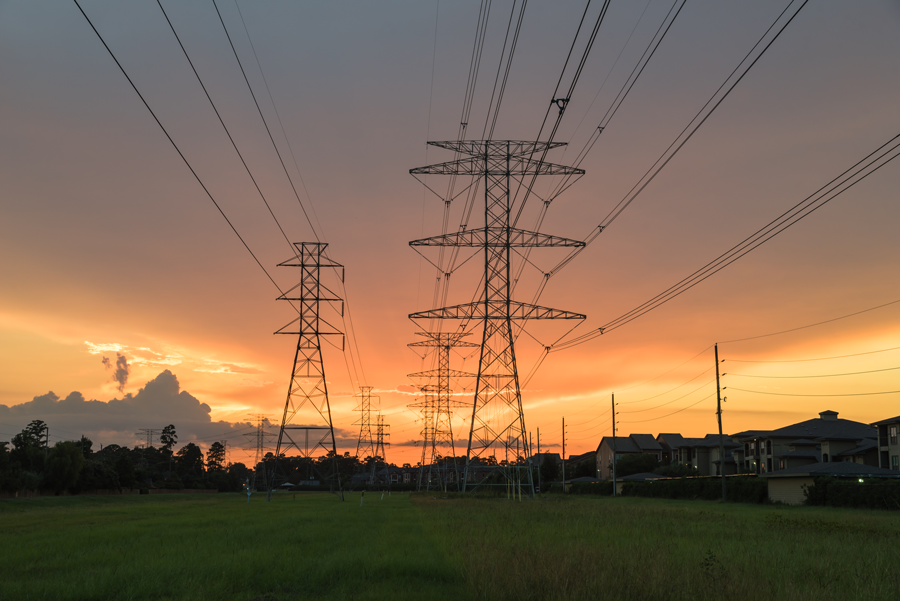The Australian Energy Markets Commission (AEMC), as the rule maker for Australian electricity and gas markets, is poised to implement a controversial change to the way wholesale market cash flows are calculated in the National Electricity Market. In this article, Energetics comments on the implications.
On 5 September 2017 the AEMC published its draft rule determination to change the time interval that NEM settlements are calculated on from 30 minutes to five minutes from 1 July 2021. The draft rule proposes to align the settlement process with the mechanism used to economically dispatch the NEM.
The largest change to the NEM market design since its inception in 1998
Some market participants have suggested that given the potential contract market disruption and costly changes to participant IT systems, a more significant review of the NEM market design should have been contemplated.
As flexible technologies play an increasingly important role in supporting the variable output of wind and solar generators, the AEMC considers that aligning dispatch and settlement at five minutes will improve price signals for the more efficient generation and use of electricity. It also serves to drive more efficient investment in capacity and demand response technologies to balance supply and demand, removing distortions in generator bidding behaviour.
This draft determination rewrites a deliberate market design decision that sought to balance dispatching the spot market with the granularity required to optimise physical plant operation, while providing sufficient certainty of generator cash flows to allow a contract market to operate with high levels of liquidity. The current 30 minute settlement design, based on averaging the five minute dispatch prices in a half hour, provides greater opportunity for less responsive thermal generators to alter production levels to provide sufficient revenue to meet financial contract commitments. Participants operating peaking generators such as open cycle gas turbines and hydro generators, which do not operate continuously, are not all able to respond from rest in five minutes and also benefit greatly from the existing market design.
A controversial new rule
Not all market participants share this view and the rule change proposal has been exhaustively debated. Many existing market participants are concerned that if there is a material risk that a generator will be unable to earn sufficient revenue to meet financial contract commitments generators may limit the contracts available to the market. Accordingly, it should be expected that the products offered in the contract market will adjust to reflect the revised needs of generators and retailers.
Establishing new contractual arrangements that efficiently allocate risk, minimise risk capital and encourage market liquidity is a key implementation challenge.
Given that both the contract market and end users are active at least three years into the future, the development of appropriate contract arrangements is a pressing challenge.
Metering upgrades are necessary
For larger users metering upgrades will be required to collect usage data at five minute increments. For these users it should be expected that the products offered in the retail market will adjust to reflect the opportunities of price responsive demand, and behind the meter battery storage. End users entering longer term retail contracts or Power Purchase Agreements should make themselves aware of commercial terms in contracts that post July 2021 might prematurely set down the contract or force the parties to renegotiate terms.
Energetics follows the National Electricity Market (NEM) every day and supports large energy users to understand the risks when contracting supply. If you have any questions, please contact one of our energy markets team.





